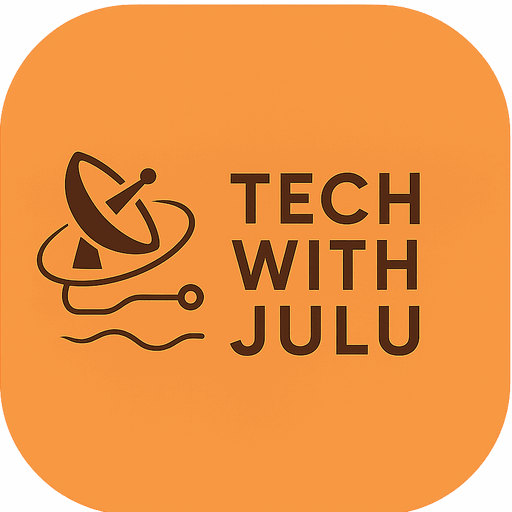Electronic voting systems have made significant progress recently, and the latest U.S. election showed us both the power and the complexity of integrating technology into the democratic process. However, as we all saw there is still room for improvement as there were glitches affecting voters trying to select Trump. Here’s a look at the tech deployed in the recent election, the challenges it faced, and what the future of secure, reliable e-voting might look like—especially with next-gen advancements like 6G.
The Election Tech Setup
Now here is something awesome,the 2024 election marked a step forward in digital voting technology which is built on previous advancements with a focus on improved transparency, speed, and security. Voter registration databases, electronic poll books, and voting machines were more seamlessly connected, allowing for quicker, secure data transfer and reduced wait times. Some states even piloted blockchain for vote recording, exploring its potential for tamper-resistant, traceable records. These updates reflect progress in digital voting, though challenges around security and reliability remain.
Despite these advances, there was one hiccup that gained attention and it involved voters reporting issues selecting certain candidates. This glitch, though corrected swiftly, underscored the challenges of real-time troubleshooting in high-stakes settings. It also raised questions about public trust in digital voting systems.

Also Read:
- Elon Musk’s Colossal AI Leap with 200,000 GPUs
- SpaceX Starship Booster Caught in Mid-Air ‘Chopsticks Maneuver’
- Is the Hyperloop Doomed? What Elon Musk’s Latest Setback Really Means
The Wired Investigation: Voting Machines on eBay
A shocking investigation by Wired highlighted a glaring security oversight: outdated voting machines available on eBay. With minimal effort, anyone could acquire these machines and explore potential vulnerabilities, highlighting weak lifecycle control for electronic voting devices. Unlike medical devices or banking equipment, these machines lack strict disposal regulations, raising concerns about how secure these devices really are.(Check out this video for more).
Why Electronic Voting Has Been Hard to Implement
Electronic voting demands three major assurances:
- Vote Integrity: Ensuring the vote cast remains untampered.
- Authentication and Validation: Confirming eligibility, preventing double-voting.
- Anonymity: Guaranteeing that votes can’t be traced back to individuals.
These requirements are challenging enough individually, but combining them in one system while meeting security standards has proven difficult. While it might seem straightforward to build a secure system, electronic voting introduces unique risks like hacking, interference, and software malfunctions.
Next-Gen Networks and the Promise of 6G
The promise of 6G—a massive leap from 5G—offers new avenues for enhancing e-voting security. With faster data transfer, near-instant authentication, and more robust encryption, 6G could address bottlenecks in voter verification, improve machine accuracy, and speed up real-time troubleshooting.
The Call for Traditional Voting: Is Paper Safer?
Opponents argue that traditional paper ballots offer a level of trust digital machines can’t match. They believe that only physical ballots, counted manually, can prevent errors and manipulation. While machines might streamline the process, they also introduce a degree of uncertainty, making some people feel that no level of advancement can guarantee a fully secure, anonymous, and tamper-proof system.

My Take 😎
Honestly, I get why some are wary of digital voting tech. The idea of “just trusting the machine” sounds way easier than it is—especially when we’re talking about the foundation of democracy. While tech like 6G and blockchain might promise a smoother, more secure process, real trust will only come from transparency and fail-safes. In my view, it’s about combining the best of both worlds. Paper as a fallback, digital for efficiency, and a constant evolution of security measures. This voting revolution has potential, but it’s not just about the tech—it’s about the people who can confidently rely on it.
Let me know if you’d like to add any other sections, links, or specific insights. This one’s packed with debate material!

